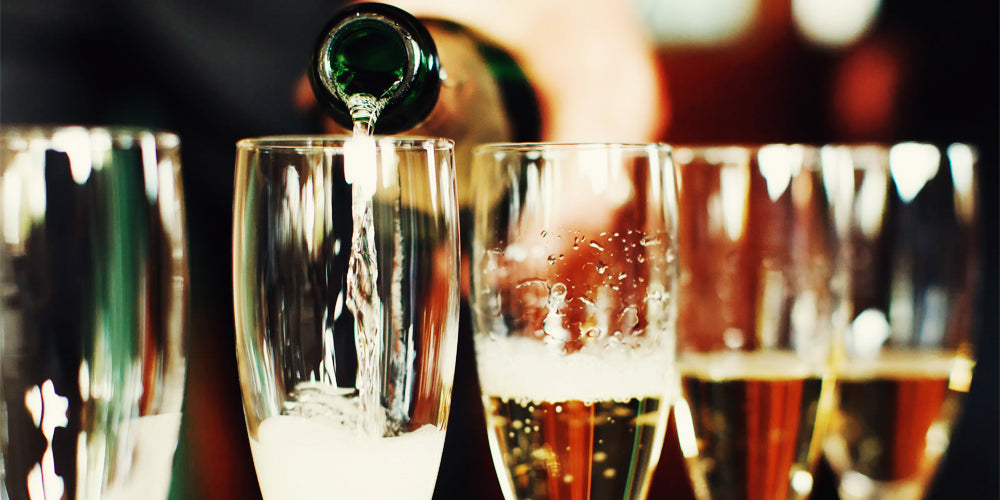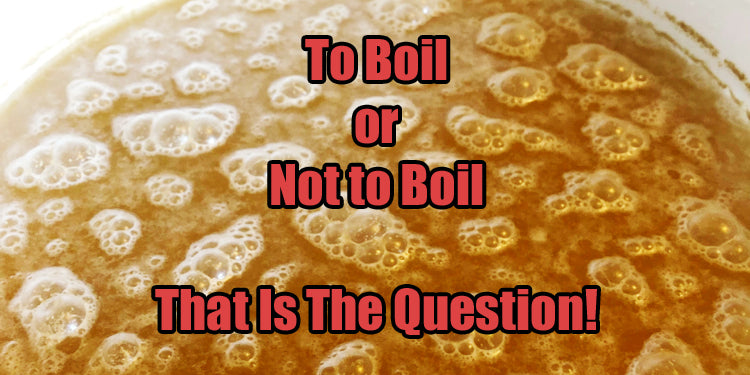You might be asking why we sell so many types of yeast, well it's simply because they all do something slightly different.
Many years ago, under the German purity laws, they didn't even class yeast as an ingredient. Now it is seen as one of the main ingredients as it can have a huge influence on the final taste and feel of the finished wine, beer, cider and lager.
There are thousands of strains of yeast out there and they all have their own special abilities. Some can turn sugar to mainly Carbon Dioxide and make no alcohol - great if you are making an alcohol free beer, not so great if you want to get to the high alcohol strengths of a Belgian tripel.
Yeast don't just east sugar! They eat lots of different compounds in your wort or grape juice. At they eat the sugar, acids, phenols and lots of other compounds their bodies convert these compounds into new ones and they excrete these into your fermenting beer or wine.
This is why wine doesn't taste like grape juice and why beer doesn't taste like wort - never tasted un-hopped wort? Ever sucked the chocolate off a Malteser and then ate the honeycomb bit? That's pretty much it! Anyway, the beer and wine have gone through a process that changes their chemical composition.
Now, I'm not a scientist, but I like to experiment and find out things like this.
So, why so many yeast strains? Just like us, they are all different and they eat different compounds and synthesise them differently creating different flavours and mouthfeels. This means that you can use yeasts to influence your final flavours in your finished beer or wine.
Imagine being in a gym, you see people that are putting in loads of effort and sweat is running off them, you see people putting in a tiny effort and sweat pouring off them, you see people going at hyper speed with no sweat and then you have people panting cause they have had to walk up the stairs to get to the gym. Now, those sweaty people, some of them might have varying amounts of body odour. Well, yeast are a bit like these gym goers. They all work out on the same equipment, but they all do it differently with differing results.
Different yeasts create different compounds and therefore different flavours. Some might taste great, others might give your beer or wine a funky unwanted flavour.
One normally unwanted flavour in traditional beers is something called Diacetyl. It tastes buttery and fatty. However, if you want to create a beer that tastes like a jam donut, then you want the yeast that makes lots of diacetyl and add raspberries and voila! You have a beer that tastes like a jam donut.
Each yeast has it's own characteristics and depending on what you are brewing, you should choose a yeast that matches. You can even use 2 or more yeasts to get the desired flavours. You can even pitch them at different stages so that 1 starts and then others finish.
Gone are the days of just pitching bread yeast and seeing what happens.
And it's not all about flavours, mouthfeel and look are also influenced by the strain of yeast you use.
So choose carefully and pick a yeast for its fermenting abilities and flavour enhancing qualities.



